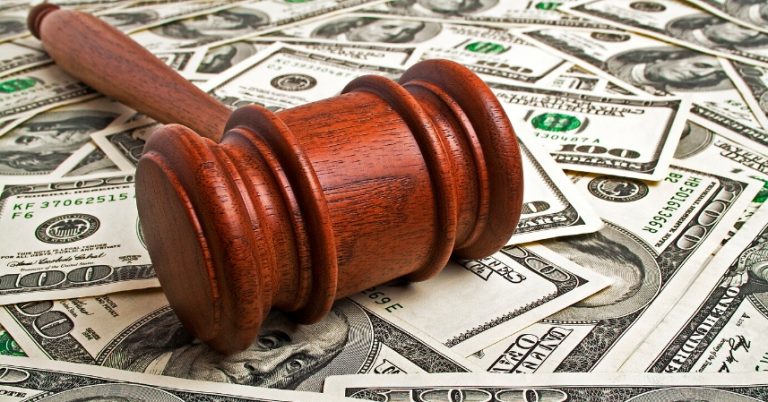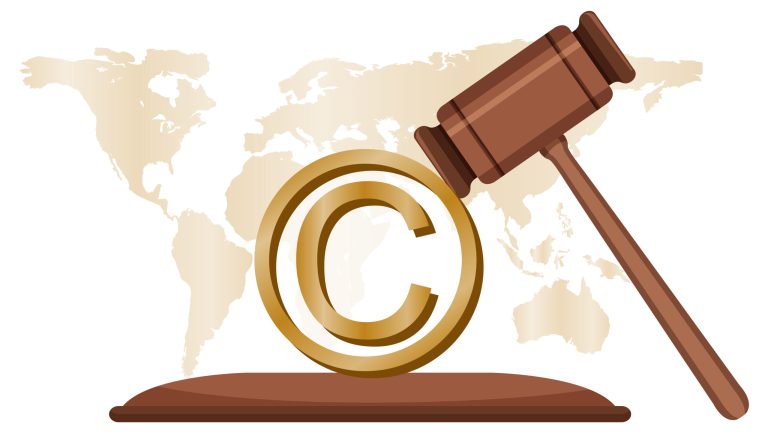
Understanding how pre-existing conditions factor into a personal injury case is essential for both plaintiffs and defendants. When an accident aggravates an already existing medical condition, it can significantly affect liability, compensation, and the overall trajectory of the legal process.
The Role of Pre-Existing Conditions in Personal Injury Claims
In a personal injury lawsuit, a plaintiff may have medical conditions that existed before the accident. These conditions, whether chronic or resolved, can influence the nature and amount of damages sought. Common pre-existing conditions include back injuries, arthritis, past surgeries, or degenerative diseases.
A key point in these cases is the legal concept known as “eggshell plaintiff.” This doctrine holds that a defendant must take the plaintiff as they find them. If a pre-existing condition makes a plaintiff more susceptible to injury, the defendant can still be held fully liable for the impact of their negligence.
According to the National Safety Council, over 4.8 million medically consulted injuries occurred from car accidents in 2023 alone—many involving individuals with prior medical histories.
Aggravation of Pre-Existing Conditions
When a personal injury incident exacerbates a pre-existing condition, the injured party may claim compensation for the aggravation, not just the original state. However, proving aggravation requires solid medical records and expert testimony.
This is where having an experienced car accident attorney becomes crucial. Legal experts can help demonstrate how an injury has progressed due to the accident and not natural degeneration.
The challenge for the plaintiff is to demonstrate that the accident directly caused a measurable change in their condition. This typically involves comparing prior medical history with post-accident assessments. The more comprehensive and recent the pre-accident documentation, the easier it is to establish causation.
Burden of Proof and Medical Evidence
In any personal injury case, the burden of proof lies with the plaintiff. They must present credible evidence to show that the accident either caused a new injury or worsened a pre-existing one. This includes detailed medical records, imaging scans, doctor’s evaluations, and potentially expert testimony.
Evidence of pre-existing conditions must be disclosed during the discovery phase. Concealing them can severely damage a plaintiff’s credibility and weaken the claim. Conversely, clear documentation of how an injury was aggravated can bolster a case and support a higher settlement.
Insurance Company Strategies and Legal Representation
Insurance companies often attempt to minimize compensation by attributing injuries to pre-existing conditions rather than the accident itself. Their defense strategy typically involves scrutinizing past medical records to argue that the claimant’s current suffering is unrelated to the defendant’s actions.
This is where experienced legal representation becomes essential. A knowledgeable personal injury attorney can counter these tactics by working with medical experts to establish a causal link between the accident and the plaintiff’s worsened condition. Attorneys can also ensure all necessary documentation is presented to strengthen the case.
Having a skilled car accident lawyer from a reputable firm ensures the client’s rights are protected throughout negotiations or court proceedings.
Importance of Full Disclosure
One critical mistake some plaintiffs make is withholding information about their medical history, fearing it may reduce their settlement or weaken their claim. In reality, transparency is crucial. Personal injury lawyers are better equipped to build a compelling argument when they have full knowledge of the client’s medical background.
Courts typically view transparency favorably. Attempting to conceal or downplay pre-existing conditions can backfire, damaging the plaintiff’s credibility and potentially resulting in a lower award or a dismissed case.
Assessing Damages with Pre-Existing Conditions
Calculating compensation in a personal injury case involving pre-existing conditions involves determining the difference between the plaintiff’s health and lifestyle before and after the accident. Compensation may cover:
- Medical expenses
- Lost income or diminished earning capacity
- Pain and suffering
- Rehabilitation and future medical treatment
- Loss of enjoyment of life
Courts aim to place the plaintiff in the position they would have been in had the accident not occurred, even if they were already managing a condition.
Trial Versus Settlement
Many personal injury cases settle out of court. However, when pre-existing conditions are involved, insurance companies may be more resistant to settlement, fearing increased liability. This increases the likelihood of a trial, where a judge or jury will assess evidence and determine compensation.
A skilled attorney prepares for both outcomes. During a trial, the burden of proof remains with the plaintiff, so a well-documented case with strong expert testimony can be decisive.
Causation and Impact on the Case
Establishing causation is often the most contentious part of cases involving pre-existing conditions. The plaintiff must show that the accident worsened the condition, not simply that they had a health issue at the time. This can involve nuanced medical testimony about how trauma accelerated or intensified a condition.
An accurate injury assessment after the accident is vital. Medical professionals play a key role in distinguishing between baseline conditions and new or aggravated injuries.
Legal Strategy and Client Advocacy
Personal injury lawyers play a pivotal role in shaping case strategy around pre-existing conditions. They ensure that the burden of proof is met with clear and persuasive evidence. They also advocate for fair compensation that reflects the true impact of the accident on their client’s life and health.
Experienced attorneys also navigate negotiations with insurance adjusters, challenge attempts to undervalue claims, and prepare for trial if necessary. Their understanding of how pre-existing conditions influence legal outcomes is critical in securing a favorable judgment.
Pre-existing conditions do not bar individuals from seeking compensation in personal injury cases. Instead, they add complexity that must be addressed through strong evidence, expert analysis, and strategic legal representation. Plaintiffs must work closely with their attorneys, disclose full medical histories, and present compelling proof to show how an accident has truly impacted their condition. With the right approach, even complex cases involving prior injuries can result in successful outcomes.




